Essential Guide to Generic Skills
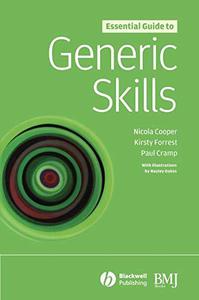
Essential Guide to Generic Skills By Nicola Cooper, Kirsty Forrest, Paul Cramp(auth.)
2006 | 248 Pages | ISBN: 1405139730 | PDF | 4 MB
This is a vital text to help you with the competency assessment in the UK Foundation Programme giving practical advice in an easy to follow format.It advises new doctors on note-keeping, time management/organisation, communicating with colleagues, the structure of the NHS, and how to deal with the ethical and legal issues they face when on-call. Also looks at emotional intelligence, learning styles or how different personality types can work together more effectively.Content: Chapter 1 Professionalism (pages 3-11): Chapter 2 The Consultation (pages 12-21): Chapter 3 Health Promotion (pages 22-28): Chapter 4 Clinical Reasoning (pages 29-39): Chapter 5 Communication With Colleagues (pages 40-47): Chapter 6 Medical Records (pages 48-56): Chapter 7 Prioritising Time (pages 57-62): Chapter 8 Capacity and Consent (pages 65-75): Chapter 9 The Mental Health Act and Common Law (pages 76-82): Chapter 10 Confidentiality (pages 83-87): Chapter 11 Death Certification and the Coroner (pages 88-93): Chapter 12 Fitness to Drive (pages 94-99): Chapter 13 Adult and Child Protection (pages 100-106): Chapter 14 Ethical Principles in Healthcare (pages 107-111): Chapter 15 Advance Directives (pages 112-116): Chapter 16 End of Life Issues (pages 117-122): Chapter 17 NHS Complaints Procedure (pages 123-126): Chapter 18 Why Things Go Wrong (pages 129-138): Chapter 19 Human Factors (pages 139-146): Chapter 20 Safe Prescribing (pages 147-153): Chapter 21 Infection Control (pages 154-162): Chapter 22 Use of Evidence and Guidelines (pages 163-173): Chapter 23 Audit (pages 174-179): Chapter 24 Learning About Learning (pages 183-192): Chapter 25 Teaching Large Groups (pages 193-198): Chapter 26 Teaching Small Groups (pages 199-206): Chapter 27 Presentations (pages 207-214): Chapter 28 Teaching a Skill (pages 215-220): Chapter 29 How to Give Feedback (pages 221-225): Chapter 30 How Doctors are Assessed (pages 226-235):


![S.T.A.L.K.E.R. 2 / STALKER 2: Heart of Chornobyl - Ultimate Edition (2024) [+UPDATE 23.12.2024 - v1.1.3] ElAmigos / Polska wersja językowa](https://i.postimg.cc/Zqd8RWGY/UZG8PBE.jpg)



































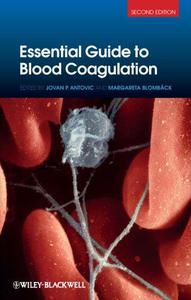
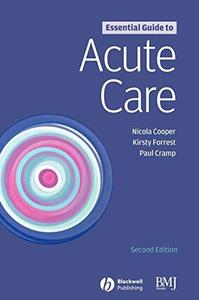
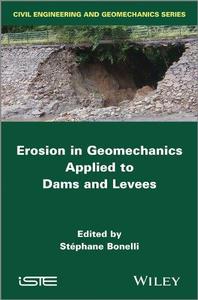
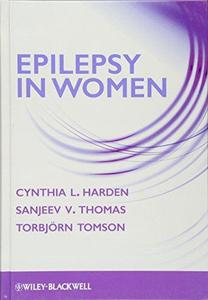
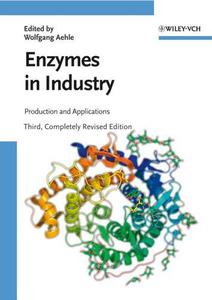
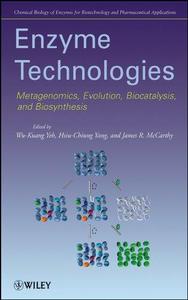


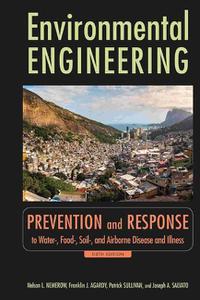







![David Gilmour - Luck and Strange (2024) [FLAC]](https://i.imgur.com/everaBc.jpeg)
![Męskie Granie Orkiestra - Męskie Granie 2024 (2024) [FLAC]](https://i.imgur.com/FAyOxrM.jpeg)
![The Rolling Stones - Hackney Diamonds (2023) [FLAC]](https://i.imgur.com/wCkyyUN.jpg)
![Lady Gaga - Harlequin (2024) [FLAC]](https://i.imgur.com/dcgIA8D.jpeg)
![Natalia Kukulska - Dobrostan (2024) [FLAC]](https://i.imgur.com/bdljG3O.jpeg)
![Kaśka Sochacka - Ta druga (2024) [FLAC]](https://i.imgur.com/hORQKvn.jpeg)
![Kuba Sienkiewicz - Pani Bóg (2024) [FLAC]](https://i.imgur.com/qijCx8Z.jpeg)
![Lanberry - Heca (2024) [FLAC]](https://i.imgur.com/8P7QfeR.jpeg)
![Sara James - PLAYHOUSE (2024) [FLAC]](https://i.imgur.com/m4f8OKg.jpeg)
![Grzegorz Hyży - EPILOG (2024) [FLAC]](https://i.imgur.com/8DA2sBr.jpeg)
![Myslovitz - WIECZORAMI CHŁOPCY WYCHODZĄ NA ULICE (2024) [FLAC]](https://i.imgur.com/l9mMtIG.jpeg)
![Krzysztof Zalewski - ZGŁOWY (2024) [FLAC]](https://i.imgur.com/vh48RAc.jpeg)
![Krzysztof Cugowski - Wiek to tylko liczba (2024) [FLAC]](https://i.imgur.com/SBzgqe2.jpeg)
![Nosowska - Kasia i Błażej (2024) [FLAC]](https://i.imgur.com/mObvVXQ.jpeg)
![sanah - Pianinkowe Kaprysy (2024) [FLAC]](https://i.imgur.com/pVjjPAa.jpeg)
![Kwiat Jabłoni - Pokaz slajdów (2023) [FLAC]](https://i.imgur.com/diERHfZ.jpg)
![Robert Cichy - Spacer po Warszawie (2024) [FLAC]](https://i.imgur.com/ixleU9o.jpeg)
![Viki Gabor - Terminal 3 (2024) [FLAC]](https://i.imgur.com/Q1KCnDs.jpeg)
![Sanah - Kaprysy (2024) [FLAC]](https://i.imgur.com/71OZm4h.jpeg)
![Męskie Granie Orkiestra - Męskie Granie 2023 (2023) [FLAC]](https://i.imgur.com/U4YHo8d.jpg)




